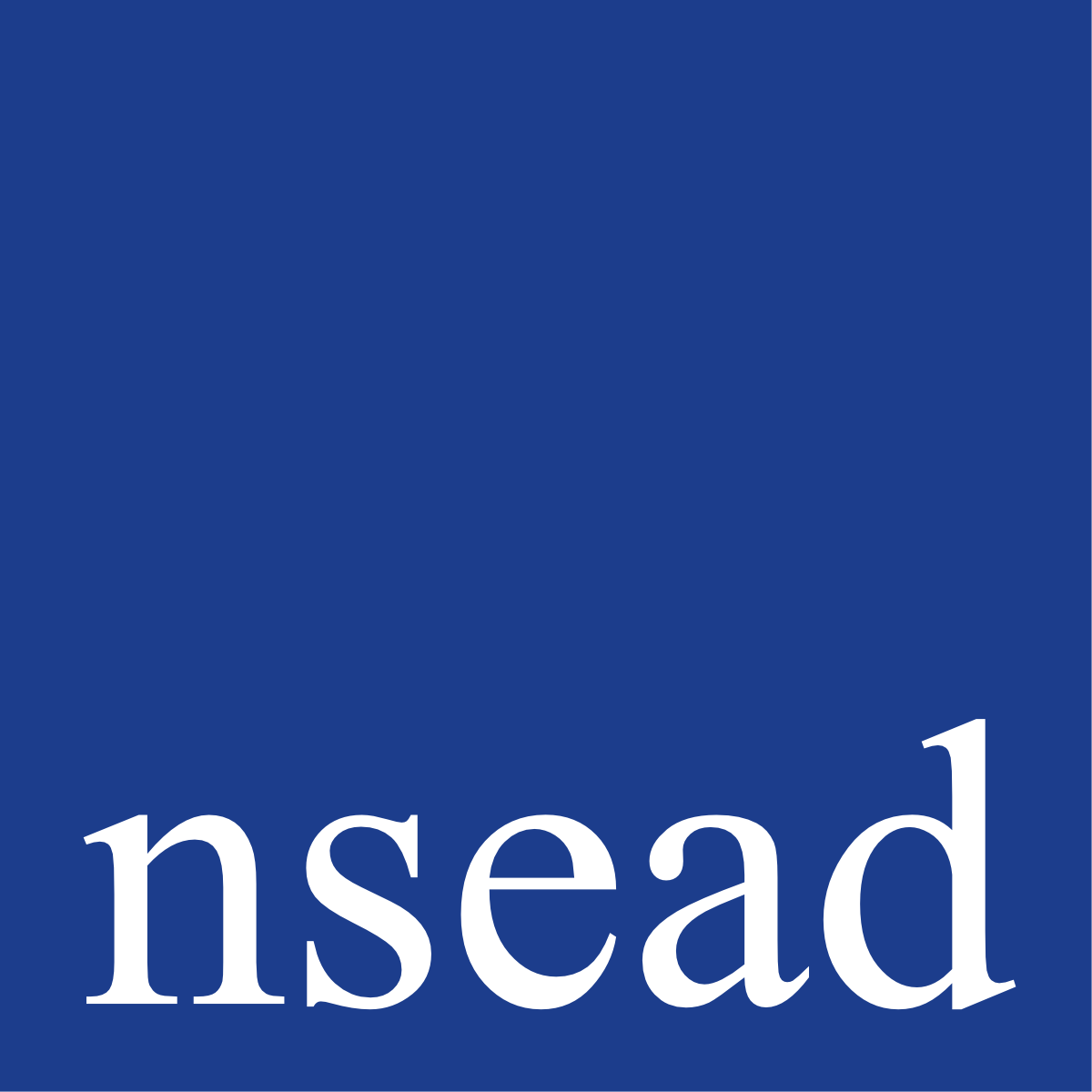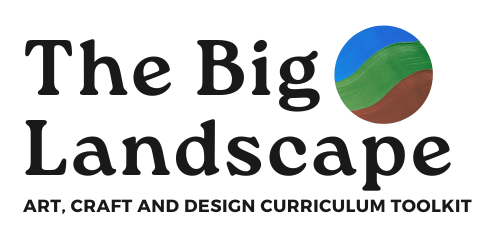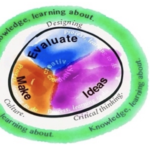The Department for Education (DfE)The Department for Education is responsible for children's services and education, including early years, schools, higher and further education policy, apprenticeships and wider skills in England.... and the education departments in UK-regional governments define the curriculumIn education, a curriculum (or curricula) is broadly defined as the totality of student experiences that occur in the educational process. The term often refers specifically to a planned... by publishing subject specifications, and setting out the curriculum expectations either as aims, learning objectives or programmes of study.
ArtArt refers to a diverse range of human intellectual and expressive activities and the outcomes of those activities. Within this context art is further defined... educators are then expected to interpret these requirements and any additionally published guidance to inform their curriculum and planning for learning before drafting a scheme of work, projects and lessons.
Curriculum ModelsCurriculum models can be broken down into two groups, the process model and the product model. The process model focuses on the learning that takes place... and Conceptual Models will assist art educators in their interpretation of curricular requirements. Additionally, research and subject guidance will help teachers conceptualiseConceptualisation Conceptualisation is an abstract simplified view of some selected part of the world, containing the objects, concepts, and other entities that are presumed of... how learning might be best structured, or map the curriculum in the best possible way.
Conceptual Structures describe a dynamic and reflexive processA series of actions, changes or operations performed in the making or creating of a product or outcomes. The procedures that one goes through in... rather than describe a list of curriculum content, makingThe process of making or producing something. The making of meaning is a decisively integral component of art-making. Meaning-making in relation to the creation of... them particularly effective in summing up complex relationships between areas of knowledgeFacts, information, and skills acquired through experience or education; the theoretical or practical understanding of a subject., skillsTechniques and attributes acquired through learning, engagement and practice and process learning.
Art, craftCraft can be designed as intelligent making. It is technically, materially and culturally informed. Craft is the designing and hand making of individual objects and... and designDesign shapes ideas to become practical solutions and propositions for customers and users. Design is all around us, everything man made has been designed. The... in particular benefit from these because the subject has no agreed UK-wide model of progression(or progression model) A curriculum sets out the journey that someone needs to go on to get better at the subject. In short, it models the... or specified content in the national and regional curricula.
In response to broadly defined expectations of skills and knowledge, art educators are expected to define their own content and progression, along with suggested mediaDifferent materials used by artists, such as paint, charcoal, clay and thread. Media is the plural of MEDIUM. In this context, it refers to the..., techniquesA procedure, formula or routine by which an outcome or artwork is achieved, to include weaving thread into cloth with a darning needle, carving wood... and processes that might or should be taught or learned.
In addition to Conceptual Models that support curriculum understanding, we also reference Models for Teaching and Learning.
These include knowledge domains, learning theoryLearning theory describes how students receive, process, and retain knowledge during learning. Cognitive, emotional, and environmental influences, as well as prior experience, all play a... and behaviour modelsThe idea of behaviour modelling has its roots in social learning theory. This theory holds that children learn through observation. As a result, parents and teachers.... Some of these are generic across subjects and others are subject-specific.
Despite national curricula in art in design not specifying the exact range and depth of content, concepts and practices, models of teaching are helpful because of the freedom we have to define our own curriculum and the values that we emphasise.
Some of these models explore cognition, behaviour, learning habits and creativityCreativity is a characteristic of someone or some process that forms something new and valuable. The created item may be intangible or a physical object.... and are designed to offer insight or model useful approaches to structuring learning.
These models are offered in good faith to assist teachers and subject leadersA teacher with the title of subject leader is given the task of improving the teaching and learning provisioning of a specific subject taught within... in conceptual understanding and visualising of their curriculum.
They are not prescribed, required or definitive.
Art educators may consider these and others as they explore further links or background research and guidance to help their understanding, planning, teaching and leadership.






